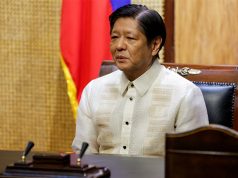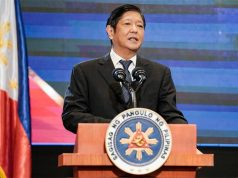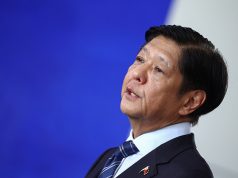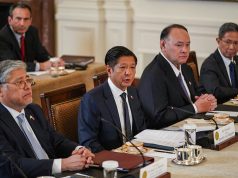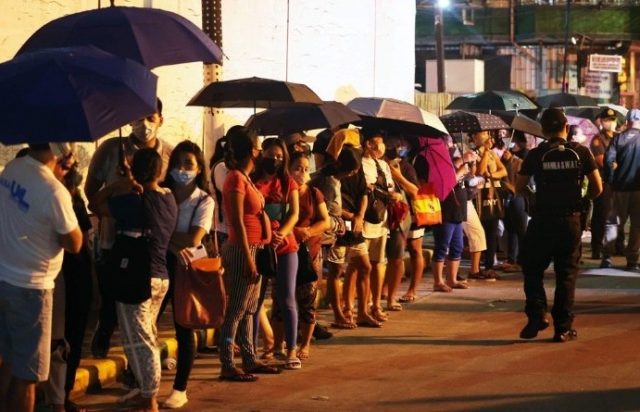
Filipinos struggle to seek government aid which requires indigent “students-in-crisis” to access the internet, email and electronic device for online registration.
After huge crowds trooped to offices of the Department of Social Welfare and Development (DSWD) last week, Secretary Erwin Tulfo said walk-in transactions are no longer allowed for students trying to get financial assistance.
READ: ‘Unorganized’ distribution of DSWD educational assistance leads to overcrowding
Under the agency’s program, qualified students will receive P4,000 for those in college, P3,000 for senior high school, P2,000 for junior high school, and P1,000 for elementary.
READ: DSWD educational cash aid: Who are considered indigents?
For those seeking assistance, the department asked the public to register online or send an email at [email protected].
Given the department’s new policy, a social media user shared the plight of those having to register online—a policy deemed “anti-poor.”
The Facebook user said he was tapped by his mother, a village councilor, to assist her constituents in applying for education aid.
Most students and parents he helped do not have email, internet access and gadgets, he said.
In assisting them, he had to create emails and sign the google forms for them, including converting documents to pdf.
“I want to express my FRUSTRATION and INDIGNATION to this online process that further burdens and alienates the poor from accessing social services,” he said.
He also noticed most of those he assisted do not know how to answer captcha surveys that asked them to select specific objects such as “stoplights” or “cross lanes.”
“This simple fact obviously illustrates the lack of forethought on the part of the DSWD for assuming that the poor would have basic technical knowledge of IT tools,” he said.
Given the issues confronted by the applicants, he said it is “counterintuitive for the DSWD to employ an online registration process for a country with the slowest and most uneven distribution of internet connection.”
“How will ‘students in crisis’ from far-flung areas and those who do not have gadgets avail of the cash assistance?” he asked.
“No amount of individual charity can compensate for a broken system,” he added.
The department can make the registration process more accessible to the poor, he suggested, especially that many are internet-illiterate.
Move to digitize government process
One of the promises of the current administration is to digitize and make its services more accessible while trying to bridge the growing digital divide among Filipinos.
“It has the daunting task now of transforming our government into an agile bureaucracy that is responsive to the needs of the public, provide good and solid data to ensure informed decision-making, as well as allow secure and seamless access to public services,” President Ferdinand Marcos Jr. said during his first State of the Nation Address.
This year, the Department of Information and Communications Technology launched the E-Government Master Plan, which seeks to provide more efficient and cost-effective public services to citizens and businesses.
ICT literacy in the country
Despite being tagged as the world’s top social media user, the International Telecommunications Union (ITU) report shows Filipinos have poor information and communications technology skills.
Based on the 2019 data from ITU, as shown in Manila Bulletin, only 6% of those aged 15 and above have basic internet skills, while only 2% have standard digital skills. Meanwhile, about 1% have advanced digital skills.
Basic digital skills involve copying or moving a file or folder, copying and pasting to duplicate or moving information within a document or folder, sending emails with attachments, and transferring files between computers and other computers.
Meanwhile, standard digital skills involve using a basic arithmetic formula in a spreadsheet, connecting and installing new devices, creating presentations, and finding, downloading, installing, and configuring the software.
The ability to write programs and engineer software is classified under advanced digital skills.




